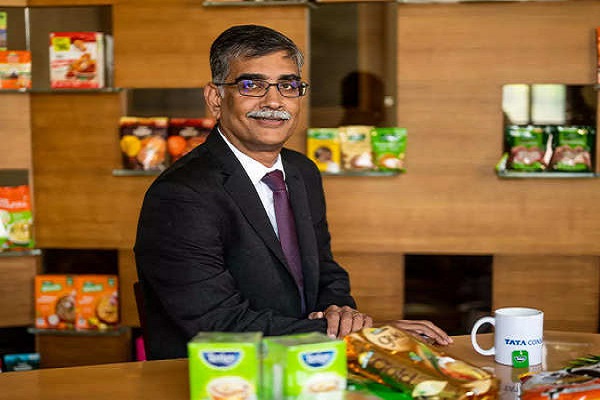Sunil D’Souza, Managing Director and CEO of Tata Consumer Products, has emphasized on the importance of a diverse retail strategy for businesses aiming to achieve scale in India’s rapidly evolving market. Speaking to industry professionals, D’Souza highlighted that relying solely on e-commerce is insufficient for growth, advocating for an integrated approach that includes modern trade and traditional kirana stores.
“Today’s consumer is a product of a liberalized and confident India, characterized by a growing GDP and increasing disposable income,” stated D’Souza. He noted that modern trade is set to expand significantly, citing India’s low penetration in retail sectors compared to countries like China and the US, where online retail constitutes a much larger portion of total retail spend.
Retail Evolution and Consumer Behaviour
According to D’Souza, the Indian retail landscape is poised for dramatic change. “Modern trade will gain momentum due to the country’s current under-penetration, primarily driven by kiranas. However, e-commerce, currently representing just 5% of retail spend in India, will also see substantial growth,” he said, contrasting this with 15% in Brazil, 25% in the US, and 35% in China.
He warned against the notion of online-only companies, referencing the “California ceiling” where only about 50 million people can sustainably support such models. Beyond this point, businesses must adopt offline channels to continue growing, suggesting a future where companies leverage direct-to-consumer (D2C) models, artificial intelligence, and personalization to cater to diverse consumer needs.
Impact of Rising GDP on Consumption Patterns
Discussing the implications of a growing GDP, D’Souza explained that increasing disposable incomes lead consumers to explore new products and services, initially focusing on discretionary items like two-wheelers and electronics. As services such as healthcare and education see a rise in demand, there is a noticeable shift towards health, wellness, and convenience.
He pointed out that India still has significant room for growth across various product categories. For instance, while television penetration is relatively high, other household appliances like refrigerators and washing machines are far less common, highlighting a substantial market opportunity.
The role of brands and technology
D’Souza noted a shift from commodity-based purchases to brand-oriented consumption, driven by increased consumer awareness and preference for quality. He mentioned that India still has considerable untapped potential in branded products, particularly in sectors like tea, where a large portion of the market remains unbranded.
On the future of e-commerce, D’Souza believes that while the online retail landscape will grow, the era of aggressive cash burns is over, making way for more sustainable and diversified retail strategies. He emphasized the need for companies to be present across multiple channels to achieve scale, advocating for an omni-channel approach that includes both modern retail formats and traditional kirana stores.
Emerging Trends and the Future
D’Souza also highlighted two key trends: premiumization and value-driven consumption. “The Indian consumer, who was once highly price-sensitive, is now more willing to spend, influenced by an improving economy and greater confidence in the future,” he said. This shift is evident in the automotive sector, where sales of higher-end models are surpassing those of traditionally more affordable options.
Looking ahead, D’Souza outlined Tata Consumer’s focus on sustainable growth, with significant investments planned for capacity expansion, particularly in their coffee operations in Vietnam. He also addressed the rising trend of consumers prioritizing health and wellness, suggesting that companies adhering to stringent regulations and promoting healthier product choices are well-positioned for success.
As the Indian economy continues to develop, D’Souza believes that awareness and demand for quality products will only grow, reinforcing the need for companies to adopt a comprehensive, multi-channel approach to thrive in this dynamic market.


